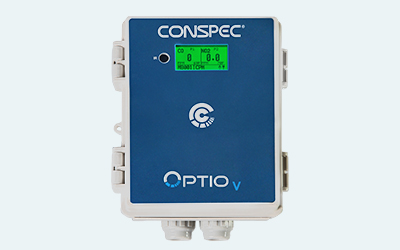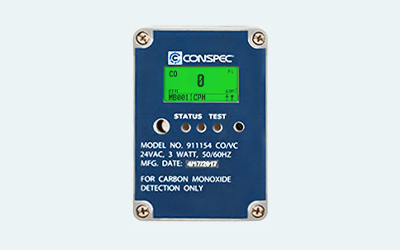In industrial processing plants, mines, refineries, and confined spaces, safety is non-negotiable and accurate gas detection is essential. Fixed gas detection systems act as the frontline defense against toxic or combustible gas hazards. However, even the most advanced detection technology can provide a false sense of security if not properly maintained and calibrated.
One critical maintenance step, that is often misunderstood or overlooked, is zero calibration.
Zero calibration is a process that sets a gas sensor’s baseline reading. It tells the gas detector what “clean air” looks like; essentially establishing a reference point of zero toxic or combustible gas present. From this baseline, the sensor measures changes in gas concentration and determines whether a hazard is present.
But here’s the catch: if the calibration is set while the target gas is present, even at low levels, the monitor will incorrectly interpret this contaminated air as clean. The consequences can be catastrophic.
While portable monitors can be calibrated outdoors, where clean air is easily verified, fixed gas detectors operate continuously, often in areas where hazardous gases may be present at any time. This makes it dangerous, and unacceptable, to assume the ambient air is clean during a zero calibration.
For example, imagine a fixed monitor is accidentally zeroed in an environment that contains 50% LEL (Lower Explosive Limit) of hydrogen gas. That sensor now “believes” 50% LEL is its zero point. If the actual gas level increases to 100% LEL, the monitor will only display 50% LEL. The result? A dangerously explosive atmosphere is severely underreported, putting lives and operations at risk.
Best practices for zero calibration of fixed gas detection systems include:
While OSHA regulations (29 CFR 1910.146) mandate calibration of gas monitors, they remain vague and defer to manufacturer recommendations. That’s why the International Safety Equipment Association (ISEA) and standards like EN 60079-29-1 have stepped in to define best practices.
These include procedures for validating performance during commissioning and setting clear thresholds for acceptable calibration drift; critical benchmarks for fixed systems protecting lives and high-value assets.
Zero calibration is not just a technical detail, it’s a fundamental part of your gas detection system’s integrity. In fixed applications, where gas presence is an everyday possibility and safety outcomes are mission-critical, this process must be handled with care and precision.
The bottom line: Always verify your baseline. False zeros can be fatal. ∎
If you’re unsure whether your gas detectors are being calibrated correctly, or if you want guidance on best practices that align with OSHA, ISEA, and EN 60079-29-1 standards, contact a member of the Conspec Controls team today. Our gas detection experts can walk you through the proper procedures, help you establish a compliant maintenance program, and recommend solutions that fit your operational needs


